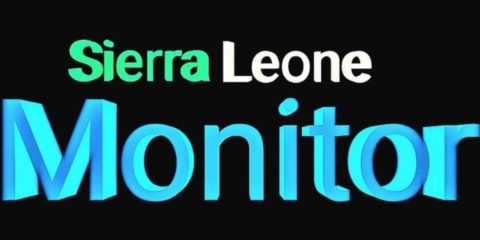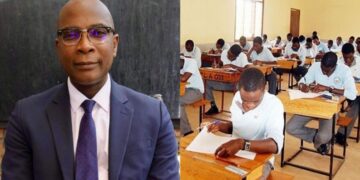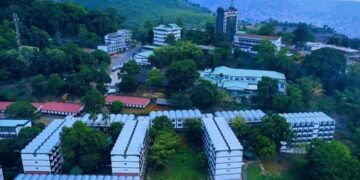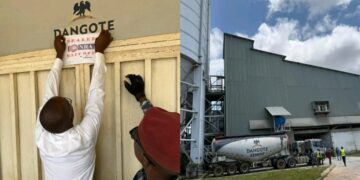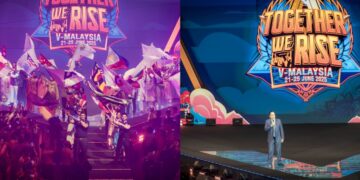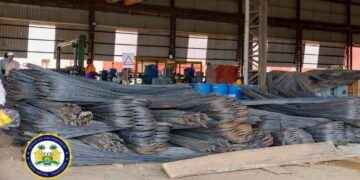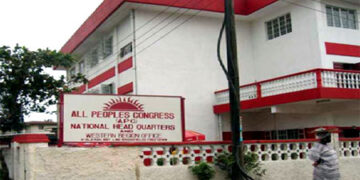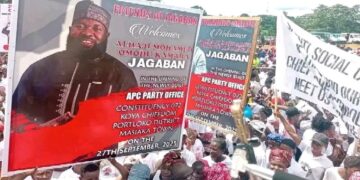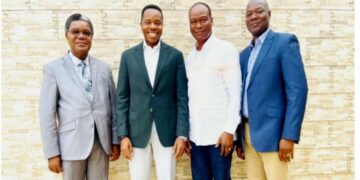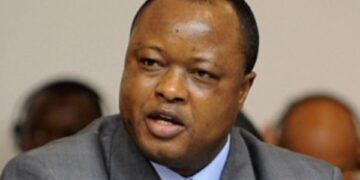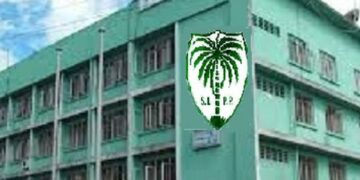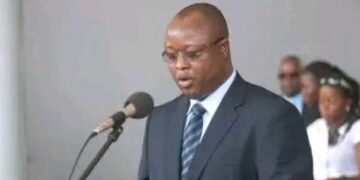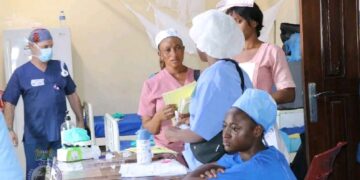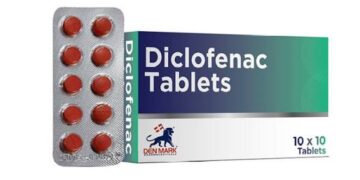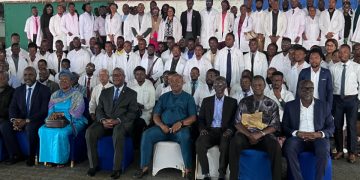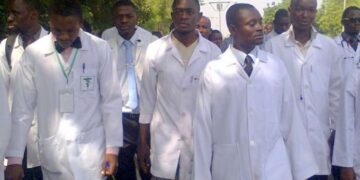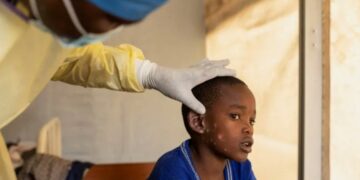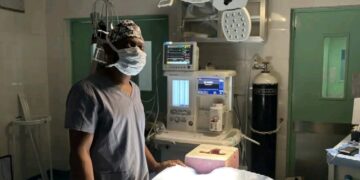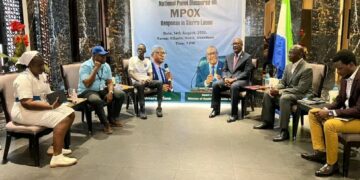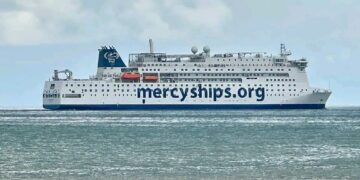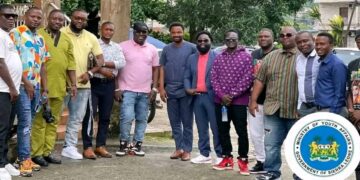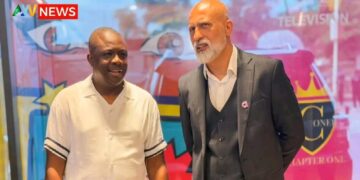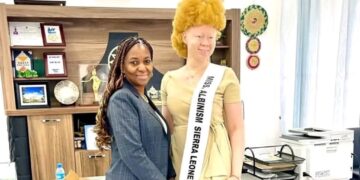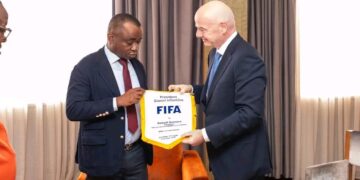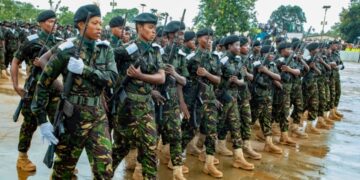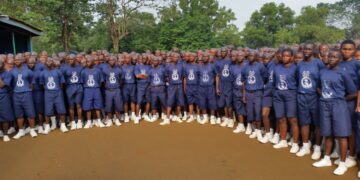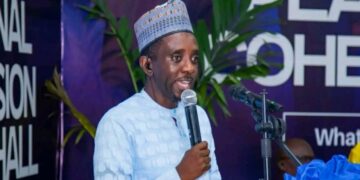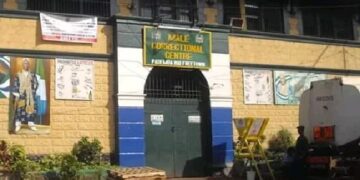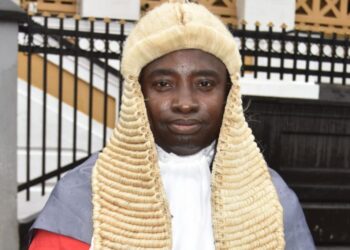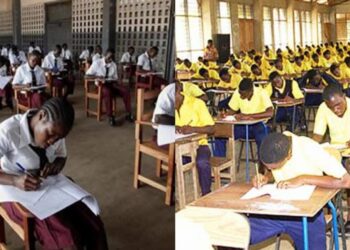Freetown p— Sierra Leone has taken a major step toward reshaping its energy future, with the launch of *Mission 300*, a $2.2 billion compact designed to boost electricity access, create jobs, and drive sustainable growth by the end of the decade.
The announcement came during the Ministry of Information’s weekly press briefing, where Dr. Kandeh Kolleh Yumkella, Chairman of the Presidential Initiative on Climate Change, Renewable Energy and Food Security, confirmed that the project has secured full endorsement from the World Bank and other development partners.
He described the swift approval as “a strong vote of confidence in Sierra Leone’s renewed energy vision.”
Mission 300 aims to overhaul the country’s fragile power sector. Plans include raising generation capacity from the current 271 megawatts to more than 1,000 megawatts, expanding electrification from 36% to 78%, and increasing renewable energy penetration to 52% within the next five years.
Beyond power generation, the initiative also addresses pressing health concerns. Dr. Yumkella revealed that nearly 90% of Sierra Leoneans lack access to clean cooking solutions, a situation linked to the deaths of up to 50,000 people each year, mainly women and children.
The strategy is anchored on five key pillars: generation expansion, regional integration, renewable decentralization, powering social sectors, and utility reform. It seeks to attract $1.4 billion in investments, including $600 million from independent power producers.
Importantly, the Millennium Challenge Corporation (MCC) Compact—previously delayed—has now been fully integrated into the national strategy. This, Dr. Yumkella noted, positions Sierra Leone as a potential regional energy hub.
“This is an investment plan, not an aid plan,” he emphasized, commending the local technical team, led by a Sierra Leonean woman, for their pivotal role in shaping the project.
With international backing and a bold focus on sustainability, Mission 300 is being hailed as a defining step toward energy independence, economic transformation, and improved livelihoods for Sierra Leone’s population.
